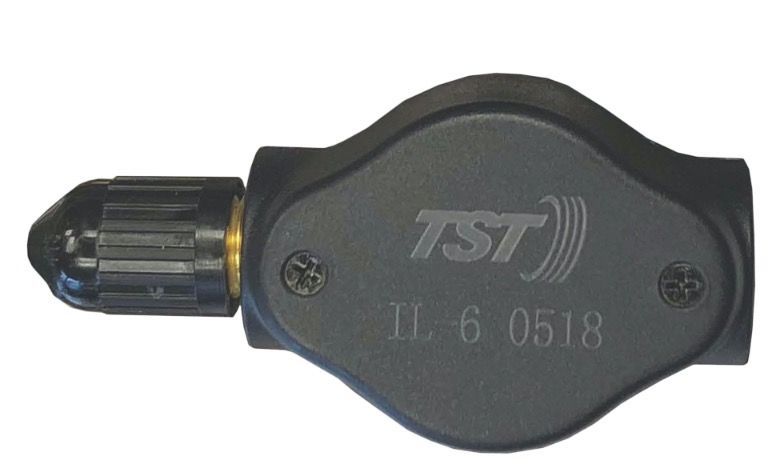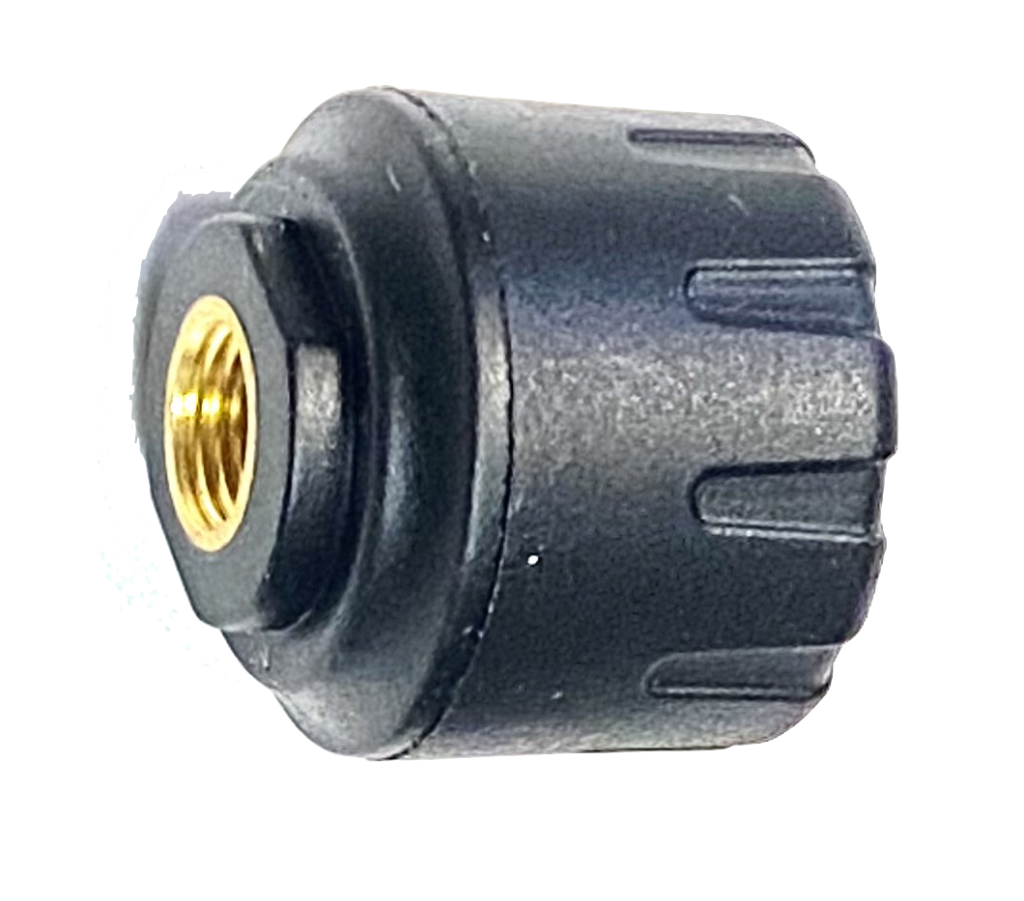I talk about Tire Pressure Monitoring Systems (TPMS) a lot because it’s important. It’s important enough that all cars sold in the USA have had TPMS built in since 2007. This system saves lives in passenger cars.
A TPMS has one main job: it warns you when a tire is going flat or is under-inflated. In a travel trailer that’s a big deal because a flat tire can cause serious damage or even a loss-of-control accident.
You might wonder why, 14 years after cars were mandated to have TPMS, travel trailers still aren’t required to have it. That’s probably because passengers don’t ride in travel trailers. (Also, Federal regulators don’t really care if your Airstream’s aluminum gets all torn up because of a blown tire.)
I get that, but to me, a TPMS is an essential piece of safety equipment. I put it on all my Airstreams.
Being a premium brand, Airstream started installing TPMS in the Classic series of trailers in the 2020 model year. I wouldn’t be surprised if someday they installed it on most of the line, but for now, if you have any other Airstream trailer you’ll need to add it yourself.
Let’s look at some of the common questions we get from people about TPMS:
How does it work?
 A TPMS has a sensor on each tire. To install the TST brand that we sell, you just remove the cap where you put air into the tire and replace it with the sensor. It screws on with your fingers—no tools required.
A TPMS has a sensor on each tire. To install the TST brand that we sell, you just remove the cap where you put air into the tire and replace it with the sensor. It screws on with your fingers—no tools required.
Each sensor sends a signal to a monitor in your truck (pictured at right). The sensors report the current pressure in the tire and the temperature. If all is well, the sensors report in every few minutes.
But if something goes wrong, like the tire gets too hot or the pressure gets too low, the sensor reports immediately. You’ll get a beeping alert and a visual warning on the monitor so you can pull over and check out the problem before it gets more serious.
This is the beauty of TPMS. It can often tell you there’s a problem before permanent damage is done.
If you want to see what the components of a TPMS look like and how they work together, I explain that in this short (4:40) video.
Is a TPMS hard to install?
Remember going to people’s homes in the 1980s and seeing the VCR blinking “12:00” all day long? Those same people are wondering if they can figure out how to program a TPMS. I know because we get calls, and quite often people say they are planning to pay the local RV dealer’s service center to install it.
I don’t recommend that. The dealership will charge you for an hour or more of shop time at their regular rate (typically $120-180). One customer told me he was quoted $250 for installation.
There’s really no need to pay someone for this simple job. Installing the TST brand of TPMS on four tires takes about 15-20 minutes if you’ve never done it before. You just follow the instructions to set the system up once.
If you don’t want to bother with this, our team can program the TST system for you when you purchase it from us. All we need to know is the pressure you plan to run in your tires. After we ship and you receive the system, you just screw on the tire sensors.
Should I get “flow-through” or “cap” sensors?


A flow-through sensor allows you to add air to the tire without removing the sensor. This is handy for motorhome wheels where it’s hard to get to the sensor. The big downside of a flow-through sensor is that you must have metal valve stems installed, which requires dismounting the tire if you don’t already have them.
For trailers, we recommend the “cap” type sensor. The cap sensors are more reliable and there’s no need to change the valve stems. The valve stems that came with any late-model Airstream will be fine.
Do I need a repeater or antenna in order for the signal to reach my truck?

In the past, my advice was that you only needed it if you had a trailer longer than 23 feet, but these days with more devices on the road that could interfere with the radio signal, we recommend always installing the repeater for best performance.
The good news is that a repeater comes with every TST kit we sell, and it’s really easy to install. You can just connect it to any 12-volt source in the trailer (or even inside the battery box). There’s no configuration or setup needed, and it draws so little power that you never need to turn it off.
There’s no big antenna on the TST system, just a little stub that sticks up from the monitor.
How long does the battery last?
The monitor has a rechargeable battery which lasts for a few days of towing in my experience. It plugs into any USB outlet to recharge in a couple of hours. I usually take it into the Airstream and plug it in to recharge every three days or so.
(This means it’s completely wireless when you’re using it, so it doesn’t take up one of your truck’s cigarette lighter or USB plugs!)
The sensors have little button cell batteries in them. The flow-through models take a CR1632 and the cap models take a CR2032. These batteries typically last about 18 months. We sell an inexpensive kit to replace the batteries and O-rings yourself so you don’t have to send it back to the manufacturer for periodic service.
